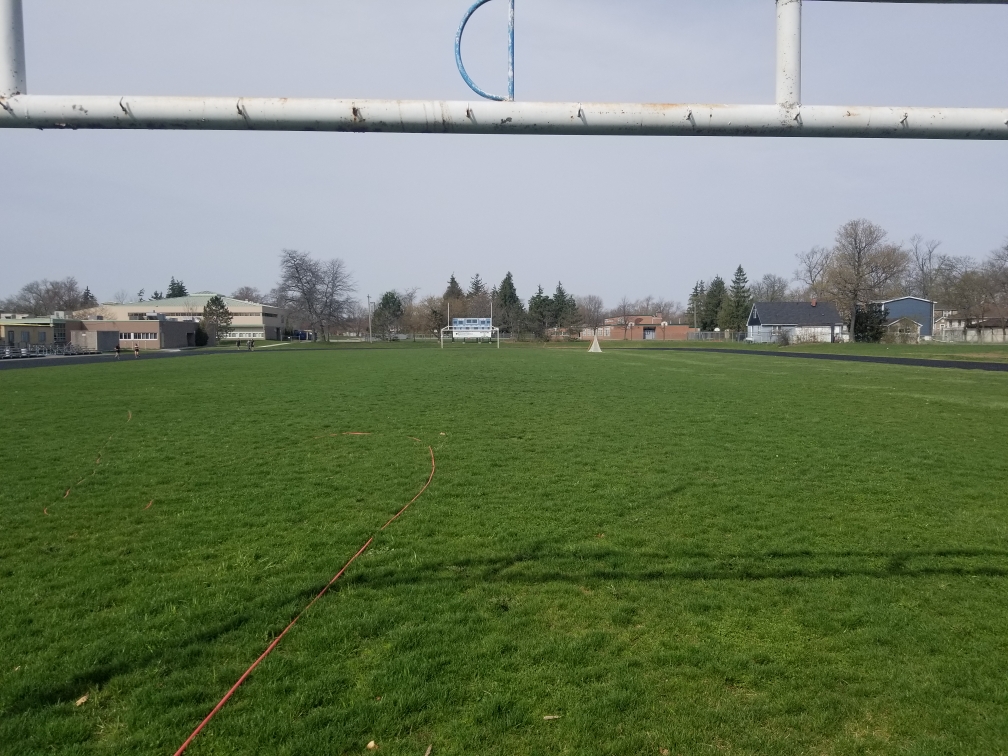In the world of high school sports, the unveiling of a new playing field is often met with excitement and anticipation. It’s a moment that represents progress, growth, and a brighter future for student-athletes. However, the recent debut of Lacavera Field brings to light a broader discussion that goes beyond the green surface and into the heart of what matters most – the well-being of our young athletes and the responsible use of resources.
Lacavera Field, with its pristine artificial turf, was unveiled amid great fanfare, promising countless hours of play, under dazzling stadium lights. For many, this was a momentous occasion, a symbol of progress in high school sports. But as we celebrate this new field, it’s crucial to consider the potential costs that come with it.
The Debate on Artificial Turf
Artificial turf fields, often heralded for their durability and low maintenance, have become increasingly popular in the world of sports. However, this popularity comes with a growing body of concerns. One such concern is the potential health impact on athletes who play on synthetic turf.
A Growing Health Concern
Research has shown that athletes who play on synthetic turf fields may face an increased risk of certain health issues, particularly cancers. The numbers are startling, with soccer goalies, who are most exposed to the turf, experiencing a disproportionately high number of leukemia cases. These findings have raised questions about the safety of artificial turf and its long-term effects on athletes.
An Opportunity Missed
While the new Lacavera Field represents a significant investment in the community, it also raises questions about alternative approaches. It’s worth asking whether there was a missed opportunity to engage the students more actively in the field’s transformation.
Imagine if, instead of investing solely in an artificial turf field, the school had taken a different approach. What if they had used this moment as an opportunity to teach and employ students, fostering school spirit and community engagement in the process?
An Alternative Vision
One alternative vision could have involved investing in the maintenance and care of a natural grass field. This approach would not only provide a safe playing surface but also create opportunities for student involvement and skill development.
Imagine students learning about turf management, small engine repair, and maintenance. They could have been employed to maintain the field, gaining valuable skills while contributing to their school community. This approach would have nurtured a sense of ownership and pride in their field.
Beyond Sports
The impact of such an initiative would extend beyond sports. It would teach students valuable life skills, promote teamwork and collaboration, and instill a sense of responsibility for the environment. Moreover, a natural grass field would be more environmentally sustainable, reducing the heat island effect and potential flooding issues.
A Call for Responsible Choices
The unveiling of Lacavera Field is a moment of celebration, but it also serves as a reminder of the importance of responsible choices in our communities. It’s an opportunity to engage students, teach life skills, and consider the long-term well-being of our young athletes.
As we continue to support our high school sports teams, let’s remember that the playing surface is just one part of the equation. The real victory lies in the experiences, skills, and values we impart to the next generation.
So, let’s celebrate our athletes on Lacavera Field, but let’s also keep the dialogue open about responsible choices and the well-being of those who play under the Friday night lights.
https://www.ehhi.org/turf-cancer-stats.php
